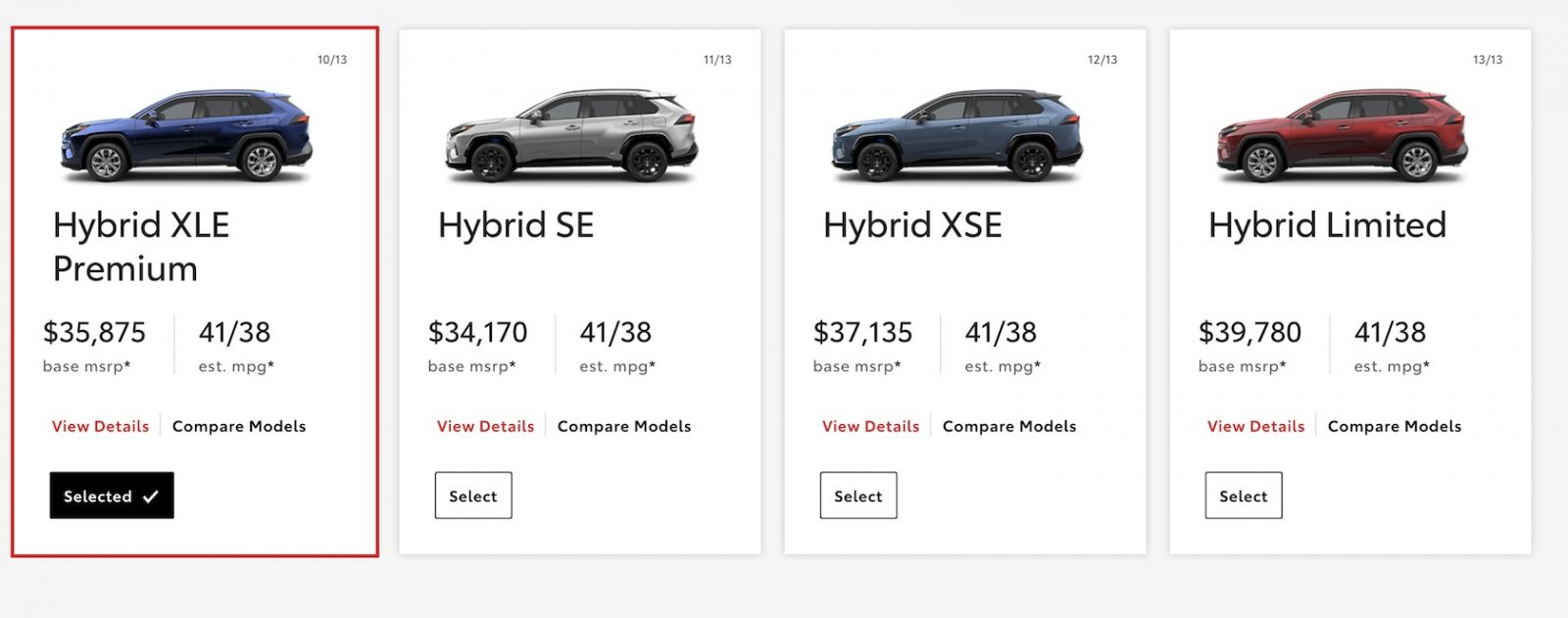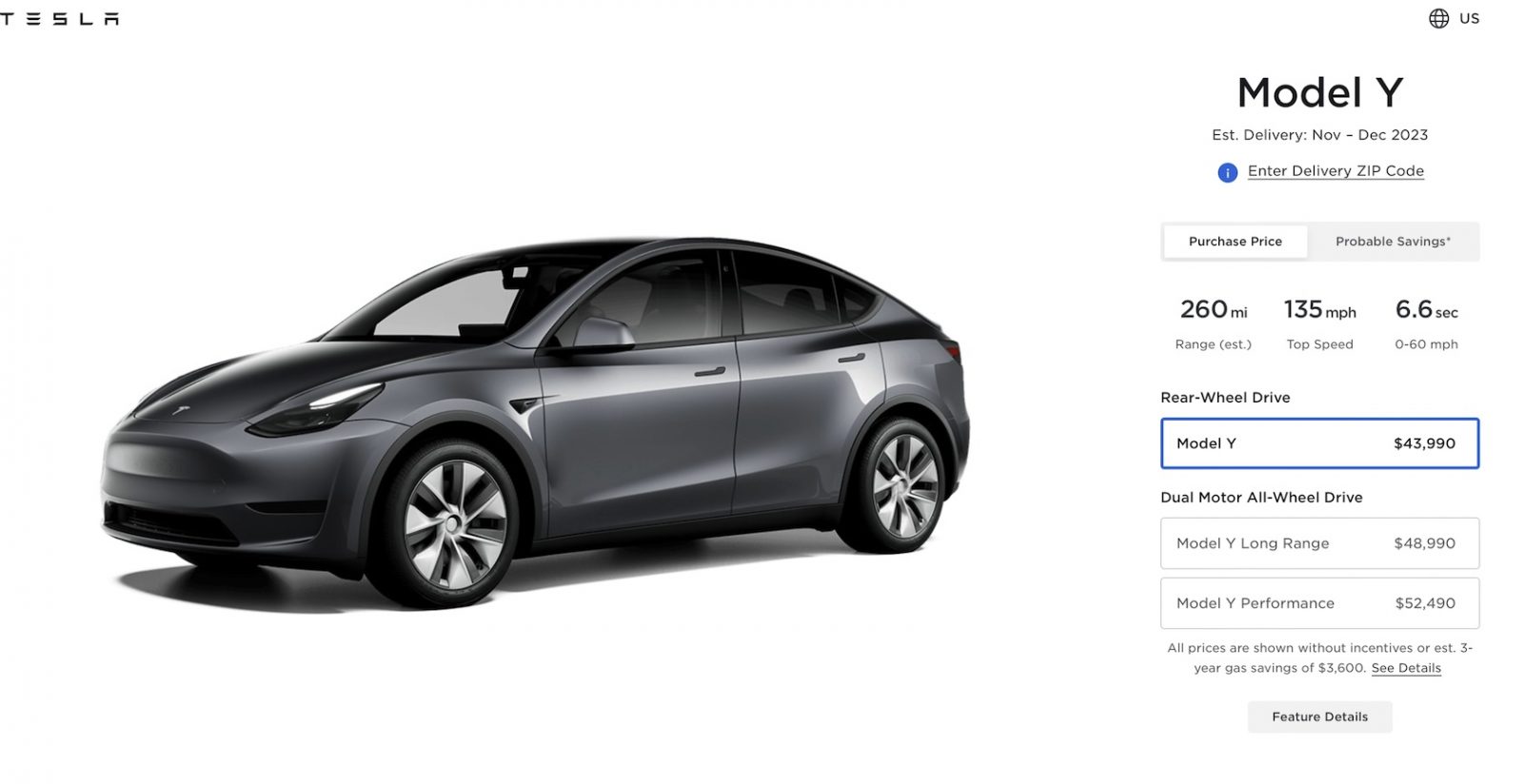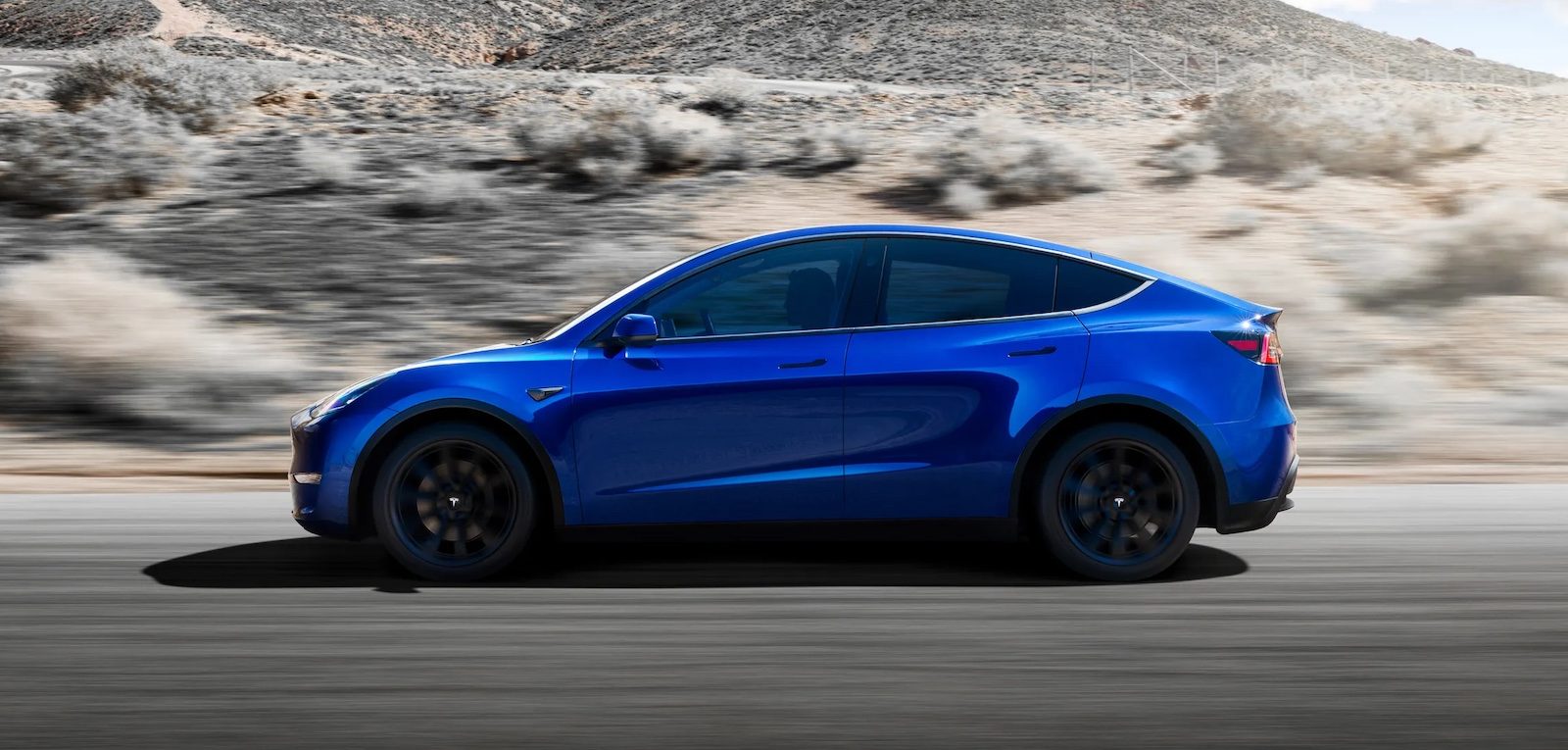The electric vehicle (EV) market is poised for rapid growth in the United States, despite higher upfront costs compared to gas-powered cars. Recent data from AutoTrader shows that new EVs in Britain cost about 33% more on average than fossil fuel models. However, a deeper analysis of the US auto market reveals that the price differential is much smaller here once government incentives are factored in.
Take for example two of the most popular vehicles sold today: the Toyota RAV4 Hybrid with a decent level of equipment retails for about $36,000, assuming dealers are not marking up. The base Tesla Model Y Rear Wheel Drive starts at $44,000. On the surface, the Tesla seems 22% more expensive. But when you compare the features and ownership experience, the Tesla quickly becomes the better value.


The Model Y comes equipped with more standard features like vegan leather seats, a panoramic glass roof, and far superior technology compared to the RAV4. It also offers a smoother, more powerful driving experience and a more comfortable ride. Additionally, the Model Y currently qualifies for a $7,500 federal tax credit, which will become an instant rebate at the point of sale starting in January 2024. Factoring in the credit brings the effective starting price down to about $36,000, on par with the RAV4 Hybrid.
The biggest drawback of Tesla ownership continues to be their poor body shop and service experience compared to brands like Toyota. Tesla would be wise to model their dealerships after Toyota to provide customers with better maintenance and repairs. But even with these frustrations, the unbeatable combination of technology, performance and lower net cost after the tax credit make the Model Y the smarter option over the RAV4 today.
With Tesla already leading the EV market in the US, the incoming federal tax credits will likely accelerate adoption even faster. For car shoppers comparing electric and gas models, the Rebates will essentially erase the price premium that has slowed EV sales up until now. 2024 could be the tipping point that sends the EV revolution into overdrive.







